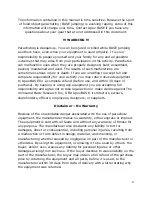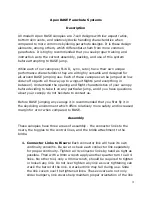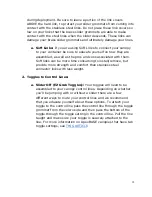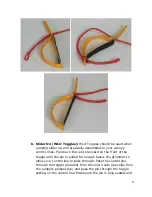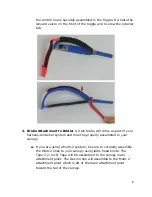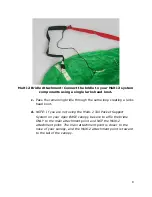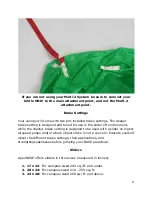
Apex BASE Parachute Systems
Description
All modern Apex BASE canopies are 7-cell designs with low aspect ratios,
bottom skin vents, and relatively docile handling characteristics when
compared to more common skydiving parachute designs. It is these design
elements, among others, which differentiate them from more common
parachutes. It is highly recommended that you seek proper training and
instruction as to the correct assembly, packing, and use of this system
before attempting to BASE jump.
While each of our canopies (FLiK II, Lynx, Lobo) have their own unique
performance characteristics they are all highly versatile and designed for
all-around BASE jumping use. Each of these canopies can be jumped on low
slider-off objects all the way up to wingsuit flights (and everything in
between). Understand the opening and flight characteristics of your canopy
before deciding to take it on any particular jump, and if you have questions
about your canopy do not hesitate to contact us.
Before BASE jumping any canopy it is recommended that you first fly it in
the skydiving environment which offers relatively more safety and increased
margin for error when compared to BASE.
Assembly
These canopies have three areas of assembly - the connector links to the
risers, the toggles to the control lines, and the bridle attachment to the
bridle.
1. Connector Links to Risers: Each connector link will have its own
continuity concerns. Be sure to check each connector link separately
for proper continuity. Tighten all 4 connector links by hand as tight as
possible. Then with a 9mm wrench apply another quarter turn to all 4
links. No other tool, only a 9mm wrench, should be required to tighten
or loosen any link. Do not over tighten any link as over tightening can
crack the barrel of the link. A cracked link may fail during use. Slide
the link covers over the tightened links. These covers are not only
slider bumpers, link covers help maintain proper orientation of the link
3


